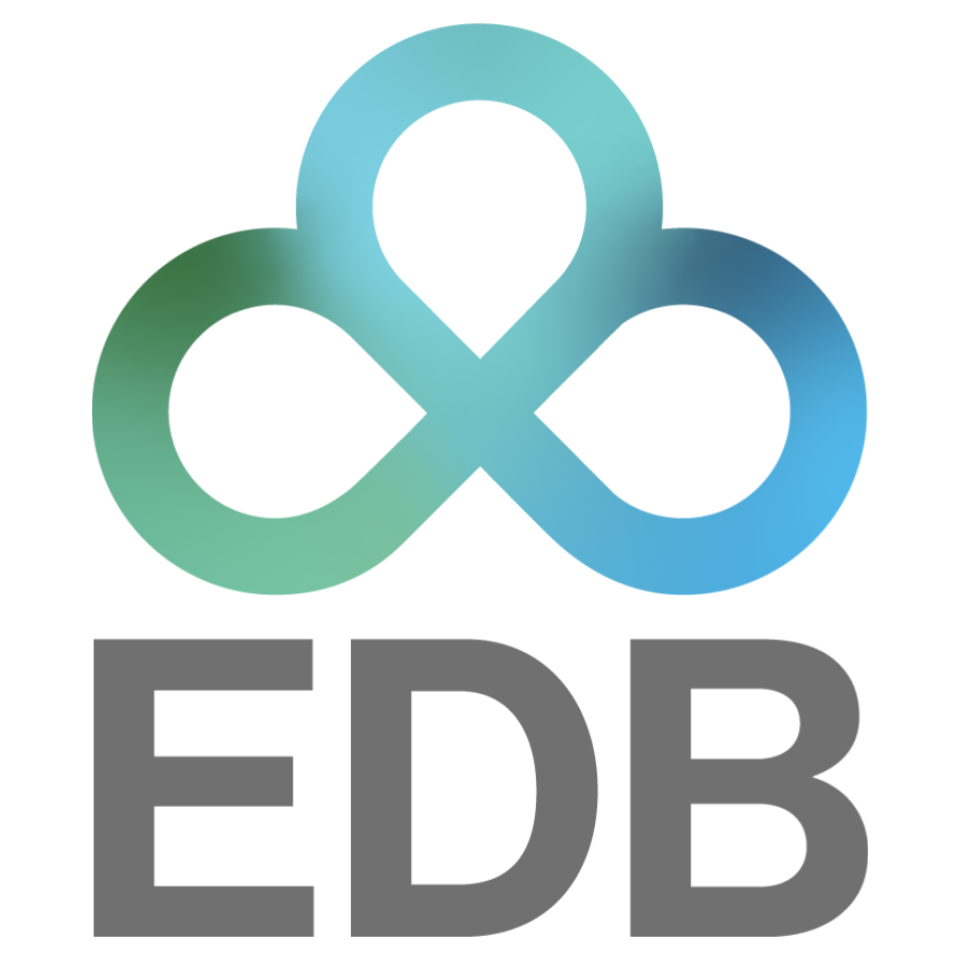
Overview

Product video
TiDB Cloud allows you to focus on your customers with zero operational overhead.
What We Offer
TiDB Cloud Dedicated provides developers and data teams the full power of TiDB delivered as an on-demand, fully-managed service, requiring a fraction of the operational overhead needed with traditional data solutions. Rapid Productivity: Create and connect to an elastically scalable, reliable, MySQL-compatible database in minutes with no software to install, configure, or manage. Reliable Operations: Trust the experienced cloud ops team at PingCAP to keep data safe by applying industry-leading best practices. Robust Security: Efficiently secure data in TiDB Dedicated using features including identity and access management, VPC peering, turnkey encryption, and more. Multi-Cloud Availability: Deploy database clusters anywhere in the world with availability in over 30 regions in Amazon Web Services and Google Cloud Platform.
TiDB Cloud Starter delivers a cloud-native database in seconds while you only pay for the data processing and storage you use--so development teams can focus on what's next. A Pain-Free Distributed SQL Database: Free yourself from database frustration and manual tasks, such as sharding. Give your apps a powerful, distributed platform. Automated Scale at an Affordable Cost: Storage, transactional, and analytical workloads elastically scale up or down in seconds to meet your application demands. Fully-Managed, Elastic Operations: Delivers and maintains an optimized deployment of TiDB without worrying about server provisioning. Powerful AI-Enhanced Analytics: Advanced features allow you to generate SQL queries, real-time analytics, and get help on the fly, making developers' lives even easier.
Highlights
- Single Source of Truth: Performing data analytics in real-time, while maintaining high concurrency, ensures that your customers always receive accurate data. Real-time analytics through our Hybrid Transactional and Analytical Processing (HTAP) capabilities means that your row and columnar data is stored in a single database, allowing simultaneous updates to the same data source.
- Shorten Time-to-Market: TiDB Cloud is compatible with the MySQL protocol, which allows developers to easily migrate data from existing MySQL instances without rewriting code. This straightforward process leads to increased productivity and shorter time-to-market for applications.
- Reduce Infrastructure Costs: TiDB Cloud is a fully managed service that includes data backup and recovery, so you can focus on building applications and leave your database infrastructure to us. Our built-in monitoring tools and 24/7 customer support will ensure your applications have zero downtime.
Details
Introducing multi-product solutions
You can now purchase comprehensive solutions tailored to use cases and industries.

Features and programs
Security credentials achieved
(2)


Financing for AWS Marketplace purchases

Pricing
Free trial
Dimension | Cost/unit |
|---|---|
TiDB Cloud Usage | $1.00 |
Dimensions summary
Top-of-mind questions for buyers like you
Vendor refund policy
All fees are non-cancellable and non-refundable except as required by law.
Custom pricing options
How can we make this page better?

Legal
Vendor terms and conditions
Content disclaimer
Delivery details
Software as a Service (SaaS)
SaaS delivers cloud-based software applications directly to customers over the internet. You can access these applications through a subscription model. You will pay recurring monthly usage fees through your AWS bill, while AWS handles deployment and infrastructure management, ensuring scalability, reliability, and seamless integration with other AWS services.
Resources
Support
Vendor support
Please contact us at aws-marketplace@pingcap.com for more information.
AWS infrastructure support
AWS Support is a one-on-one, fast-response support channel that is staffed 24x7x365 with experienced and technical support engineers. The service helps customers of all sizes and technical abilities to successfully utilize the products and features provided by Amazon Web Services.


FedRAMP
GDPR
HIPAA
ISO/IEC 27001
PCI DSS
SOC 2 Type 2
Standard contract
Customer reviews
Great All-in-one database platform, very good performance, simple to set up and maintain
works for enterprise. you're better with supabase if you're just hacking
plus point for easy migration just via following chatgpt, me & wandering in internet but still an overkill if you don't bother much about latency etc
Great stability
Scalable solution for transactional database usage
* Much more scalable than single box mysql to support our business need
* Pingcap as the vendor is very responsive in answering our questions and address our concerns and feature request.
* Not supporting shared lock, this makes some implementation on our side harder to work around the issue
Down time free maintenance
TiDB: A Trustworthy and Scalable SQL Database for Critical Workloads
* Online data schema migration: Schema migration is painless. When combining with the resource control, it eliminates the major pain points of downtime and disruption to production traffic.
* Comprehensive suite of tools: TiDB provides a suite of invaluable tools that make troubleshooting and mitigating production issues easy, ensuring that the system runs smoothly.
* Compatibility with MySQL: This feature makes migration from MySQL possible.
* Top-notch supports: PingCap business support adds a crucial layer of assurance, making TiDB a reliable and trustworthy system for mission critical workload.
